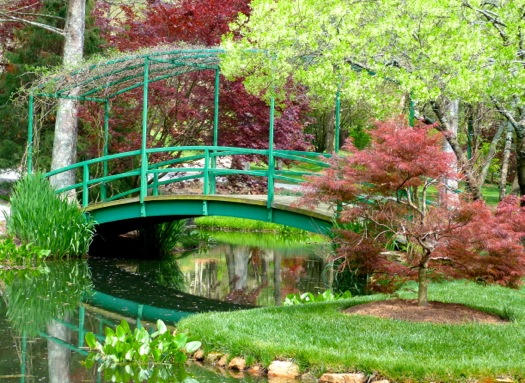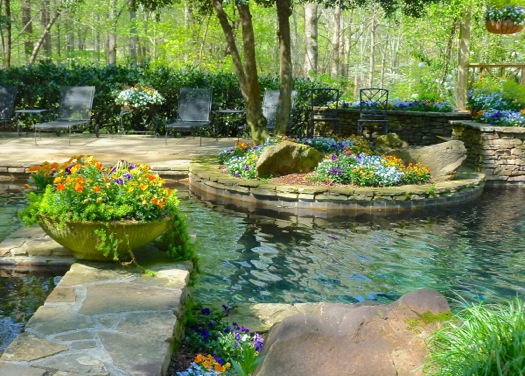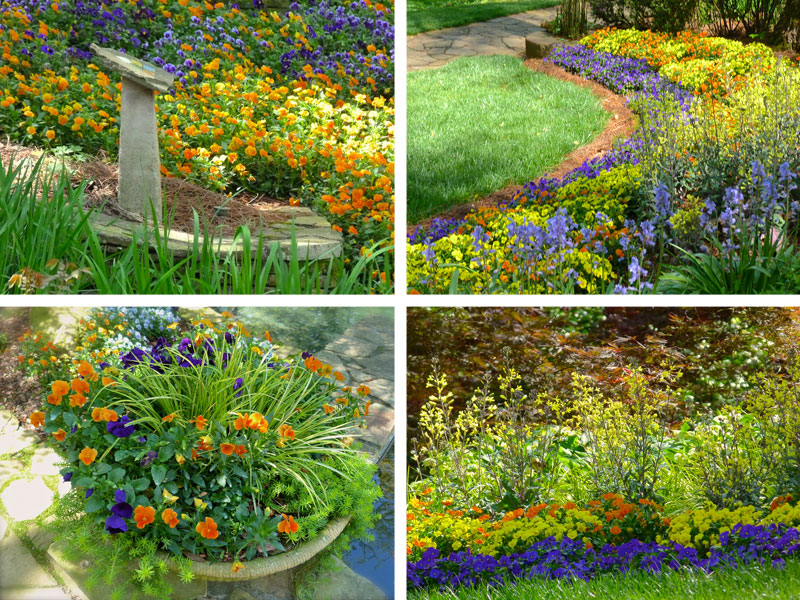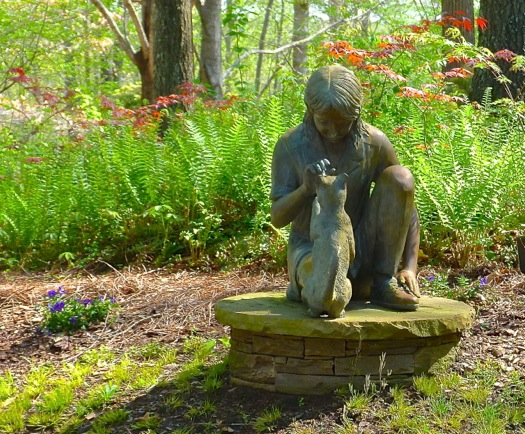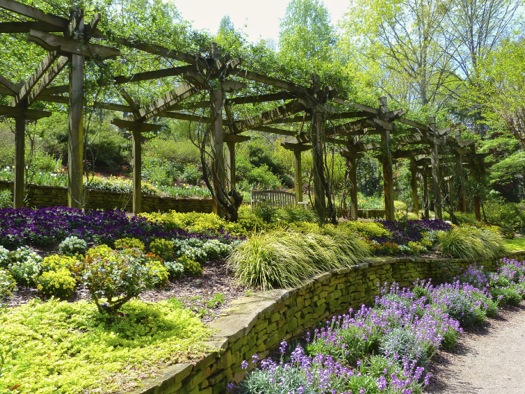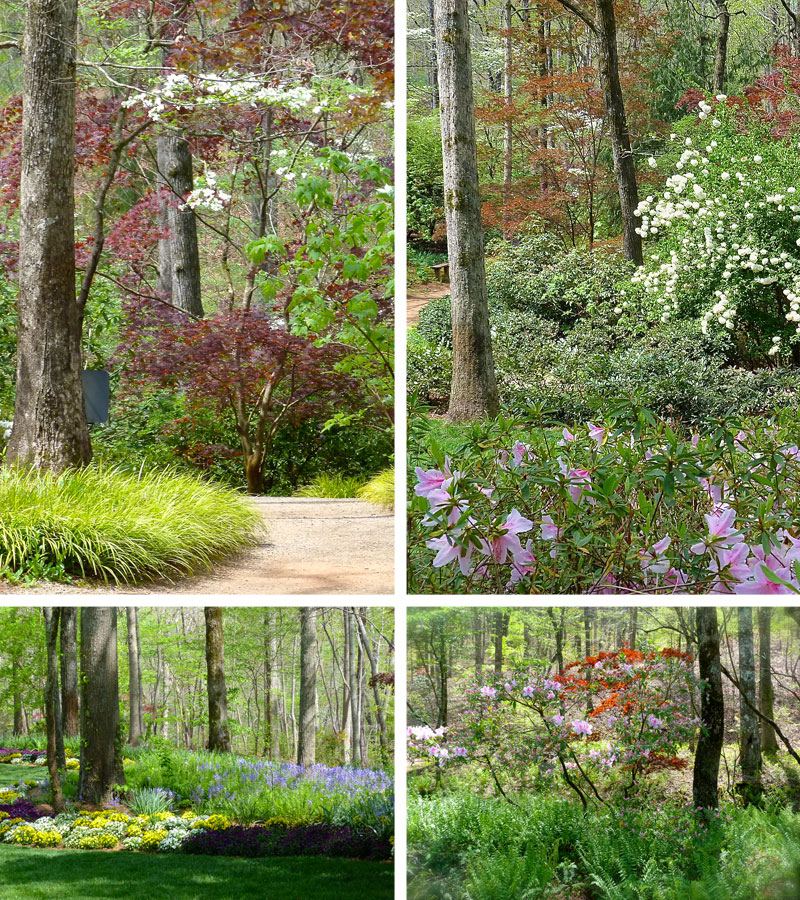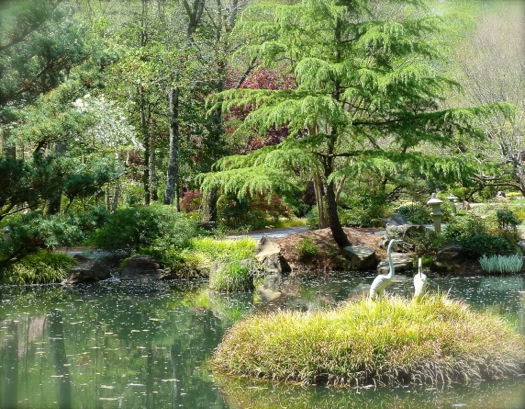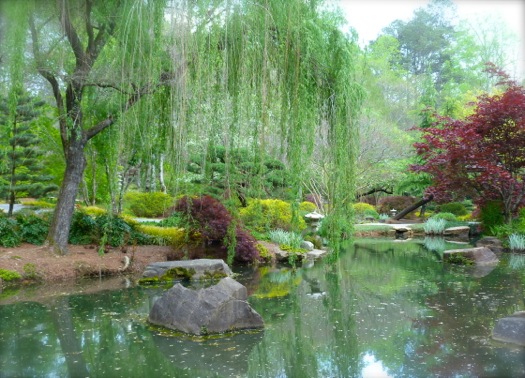Charmed by Mock Orange
 Sunday, April 30, 2017 at 4:00PM
Sunday, April 30, 2017 at 4:00PM I am charmed by the old-fashioned mock orange growing in my garden. It is a tall, multi-stemmed shrub that produces copious, citrusy-smelling white blooms in spring that are attractive to butterflies. 
 The particular variety I have is Philadelphus coronarius, called the sweet mock orange. It is also sometimes called English dogwood, though there is no relation to the flowering dogwood tree. There are many Philadelphus species and cultivars, and not all of them are fragrant; so if fragrance is important to you, it is best to purchase your plant when it is blooming. Philadelphus virginalis and Philadelphus lewisii are also noted as fragrant species.
The particular variety I have is Philadelphus coronarius, called the sweet mock orange. It is also sometimes called English dogwood, though there is no relation to the flowering dogwood tree. There are many Philadelphus species and cultivars, and not all of them are fragrant; so if fragrance is important to you, it is best to purchase your plant when it is blooming. Philadelphus virginalis and Philadelphus lewisii are also noted as fragrant species.
There are small varieties, such as Philadelphus virginalis, which grows to 4' tall x 2' wide, but many mock oranges are large shrubs or small trees, growing up to 12 feet or larger, often as wide as tall. Be sure to give them plenty of room! These are vigorous, easy-to-grow plants that are drought tolerant and that have few pests. Hardy in USDA zones 4-8, they will adapt to many soils but prefer well-drained, loamy conditions. They like full sun to partial shade.
Some people complain that mock oranges are one-season plants. Most mock oranges are deciduous but offer little fall color. The long, twiggy, often drooping branches can become dense and unkempt. I protest! There are newer cultivars for smaller gardens, and there are also some available with striking colored or variegated foliage. As for the larger types, I have easily maintained my mock orange in an attractive vase shape by selective pruning once a year after blooming.  I remove unwanted runners and also prune out up to a third of old branches at the base. This promotes good air flow through the plant and improves blooming.
I remove unwanted runners and also prune out up to a third of old branches at the base. This promotes good air flow through the plant and improves blooming.
Note: Do not confuse Philadelphus with the Japanese mock orange, Pittosporum tobira, which is a completely different plant. It helps to know the Latin!
